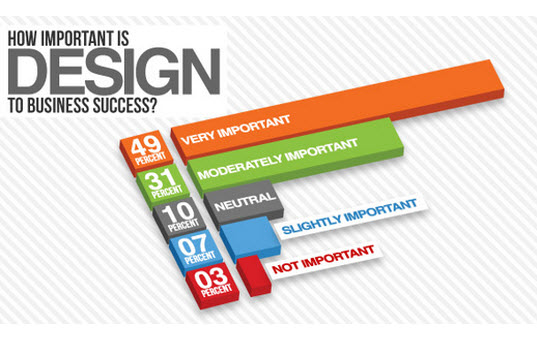Essential Aspects Of Website Design: Standards For Establishing A User-Centric Website
Essential Aspects Of Website Design: Standards For Establishing A User-Centric Website
Blog Article
Web Content Composed By-Hall Daugaard
When it pertains to site style, ensuring user-friendliness is crucial. From responsive style to structured navigation, every component plays a crucial duty in producing a site that satisfies your target market's needs. However what regarding the finer details that can make or break an individual's surfing experience? Remain tuned as we discover some often-overlooked suggestions that can boost your internet site's usability to the following level, making it genuinely stand out in the digital landscape.
Significance of Responsive Style
Receptive style is a vital aspect of modern internet site development. Ensuring your internet site is responsive methods that it can adjust to various screen dimensions and tools, providing a seamless experience for users.
With the enhancing use smart devices and tablet computers to access the internet, having a responsive design is necessary for getting to a larger target market. It aids in improving user experience by making your web site simple to browse and continue reading any kind of gadget.
In addition, responsive style can positively influence your search engine rankings, as search engines like Google focus on mobile-friendly websites. By having a receptive layout, you're also future-proofing your website, as new gadgets with differing display sizes remain to emerge.
Simplify Navigating Structure
To enhance user experience and facilitate simple access to information on your internet site, simplifying the navigating structure is critical. When designing pop over to this website , focus on developing a clear and instinctive navigating menu that aids site visitors locate what they're looking for rapidly.
Restriction the number of food selection items to the basics, grouping associated web pages with each other to prevent frustrating users. Usage descriptive labels that plainly indicate the material of each page, making it easier for users to comprehend where each web link will take them.
Consider carrying out dropdown food selections for subcategories to avoid littering the main navigating bar. Additionally, consist of a search bar prominently on the page for users that favor searching for details information.
Focus on mobile responsiveness in your navigation layout to make certain very easy gain access to on all devices.
Optimize Page Tons Rate
Improving web page load rate is essential for retaining site visitors on your web site. Slow-loading web pages annoy individuals and can result in high bounce prices. To optimize web page load rate, start by maximizing images. Press pictures without endangering quality to lower their file dimensions.
Additionally, allow internet browser caching to save frequently accessed sources in your area, quickening tons times for returning site visitors. Minify CSS, JavaScript, and HTML documents by getting rid of unnecessary characters, remarks, and formatting, enhancing lots rate.
Think about using a material delivery network (CDN) to distribute your internet site's content throughout multiple servers worldwide, lowering latency for users accessing your website from various locations. Lastly, restrict using mouse click the following web site -party scripts and plugins, as they can substantially impact load times.
Verdict
In conclusion, by integrating responsive style, streamlining navigation, and maximizing page load rate, you can develop an easy to use web site that attract a broader audience and enhances customer experience. These essential elements ensure that visitors can conveniently access and navigate your website throughout different tools, leading to increased involvement and complete satisfaction. By concentrating on these vital aspects, you can construct an effective website that keeps users coming back for even more.
